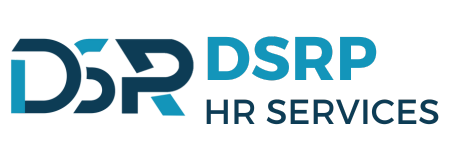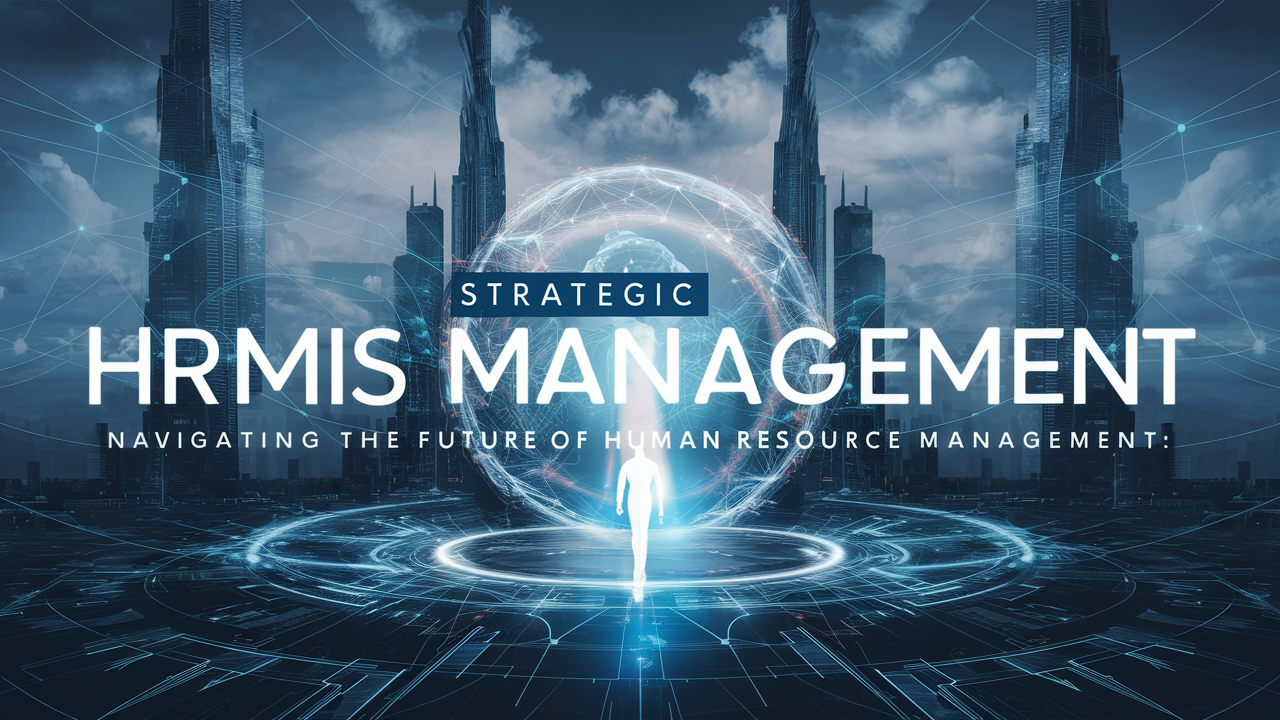Introduction: In the dynamic landscape of modern business, effective Human Resource Management Information Systems (HRMIS) have become essential tools for organizations to streamline HR processes, enhance decision-making, and drive strategic initiatives. As businesses evolve, so does the role of HRMIS in managing the complexities of human capital. This blog explores the significance of HRMIS management, its key components, and the strategic advantages it offers in today’s competitive environment.
Understanding HRMIS: HRMIS is a comprehensive system that integrates human resource functions, information, and technology to streamline HR processes. It encompasses a wide range of activities, including employee data management, payroll processing, recruitment, performance evaluation, training, and compliance tracking. The primary goal of HRMIS is to enhance organizational efficiency, improve decision-making, and contribute to strategic HR planning.
Key Components of HRMIS:
- Employee Data Management: Centralizing employee information is crucial for HRMIS. It includes personal details, employment history, performance records, and other relevant data. A well-organized database allows HR professionals to access information quickly, leading to informed decision-making.
- Recruitment and Onboarding: HRMIS facilitates the recruitment process by automating job postings, applicant tracking, and interview scheduling. Onboarding processes are streamlined, ensuring a smooth transition for new hires and efficient utilization of resources.
- Payroll Processing: Accurate and timely payroll processing is a critical aspect of HRMIS. It automates payroll calculations, tax deductions, and compliance reporting, reducing the risk of errors and ensuring employees are compensated appropriately.
- Performance Management: HRMIS plays a pivotal role in performance evaluation by tracking employee goals, achievements, and feedback. This enables organizations to identify high performers, address performance gaps, and align individual goals with organizational objectives.
- Training and Development: Tracking employee training needs and managing development programs is simplified with HRMIS. It helps identify skill gaps, schedule training sessions, and monitor progress, ensuring a skilled and adaptable workforce.
Strategic Advantages of HRMIS Management:
- Data-Driven Decision Making: HRMIS provides real-time access to relevant HR data, enabling data-driven decision-making. Organizations can analyze trends, identify areas for improvement, and make strategic decisions to drive business success.
- Cost Efficiency: Automation of HR processes through HRMIS reduces manual workload, minimizes errors, and enhances efficiency. This, in turn, leads to cost savings by optimizing resource utilization and streamlining administrative tasks.
- Compliance and Risk Management: HRMIS helps organizations stay compliant with labor laws and regulations by automating compliance tracking and reporting. This minimizes the risk of legal issues and ensures adherence to industry standards.
- Employee Engagement and Satisfaction: A well-implemented HRMIS contributes to employee satisfaction by providing self-service options, transparent communication, and streamlined processes. This, in turn, enhances employee engagement and retention.
Conclusion: As organizations continue to evolve, HRMIS management becomes a strategic imperative for effective human resource management. By integrating technology, data, and processes, HRMIS not only streamlines day-to-day HR operations but also empowers organizations to make informed, strategic decisions that drive business success in an ever-changing business landscape. Embracing HRMIS is not just an investment in technology; it’s an investment in the future of workforce management and organizational success.





